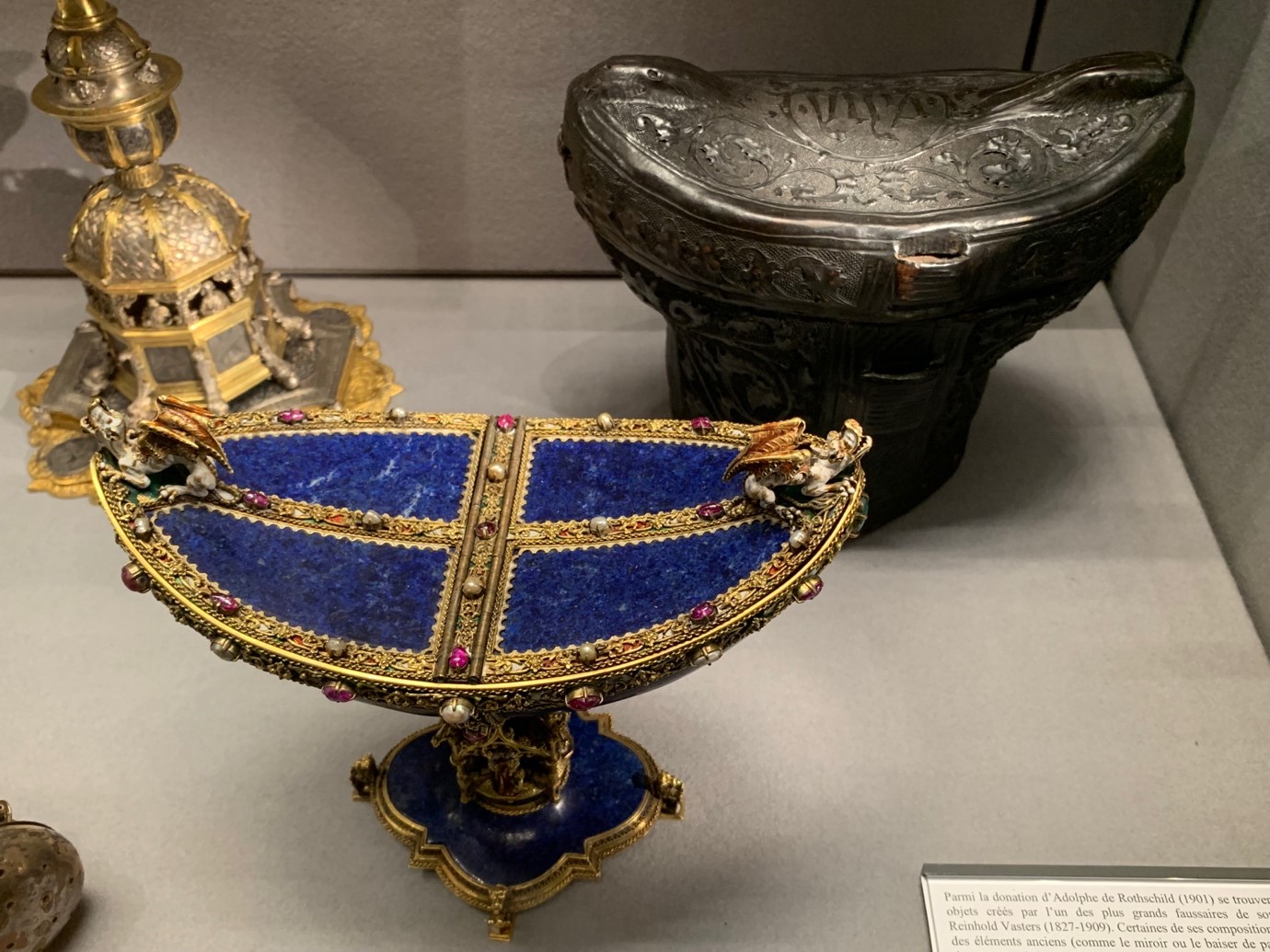

Fakes
My Louvre by Antoine Compagnon

Fakes
How many fakes are exhibited at the Louvre? And should we also count as fakes the ancient sculptures reassembled out of odds and ends? For example, the touching Dying Seneca in the Salle du Manège from the Borghese Collection, also known as The Old Fisherman, since nothing proves this is Seneca (Denon, room 405). Is it from Alexandria? Is it from before the Common Era or after? No one knows. The arms, legs, and girdle have been redone, the eyes have been added, and the basin too. I think of the fakes of the Louvre before a gorgeous incense boat exhibited with the Italian Renaissance objects from the Adolphe de Rothschild collection (Richelieu, room 527, OA 5556). The label attributes this piece to Reinhold Vasters, a nineteenth-century goldsmith and forger. He was in possession of an authentic carrying case, exhibited behind the boat, and he allegedly made an object that would fit in it. Another display case in the same room has a whole heap of little Renaissance bronzes that were passed off as ancient bronzes. But the Louvre’s most famous fake is still the Tiara of the Scythian king Saitaphernes, supposedly discovered in the Crimea and expensively acquired by the museum in 1896. It had just been created in Odessa by a certain Israël Rouchomovsky, a revelation that made a laughing stock of curators and archeologists. Today, the Louvre keeps it in its storerooms.